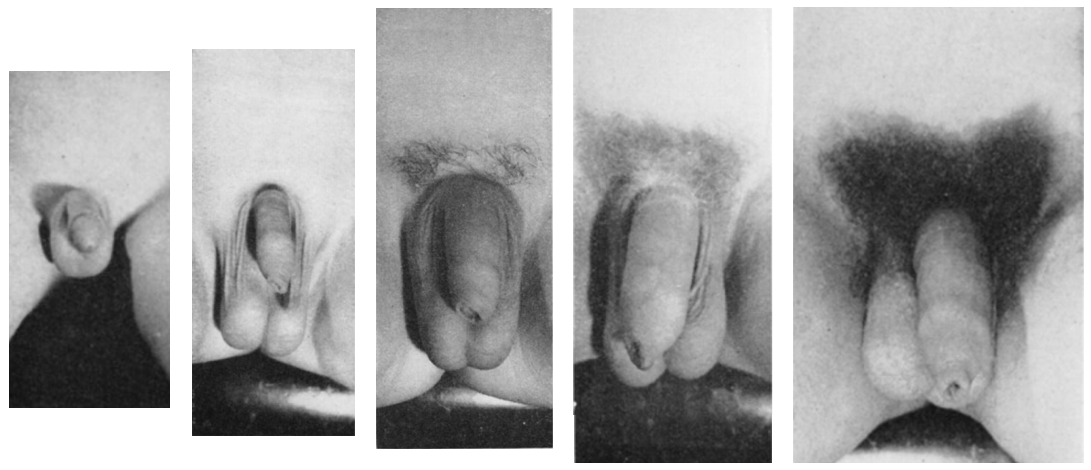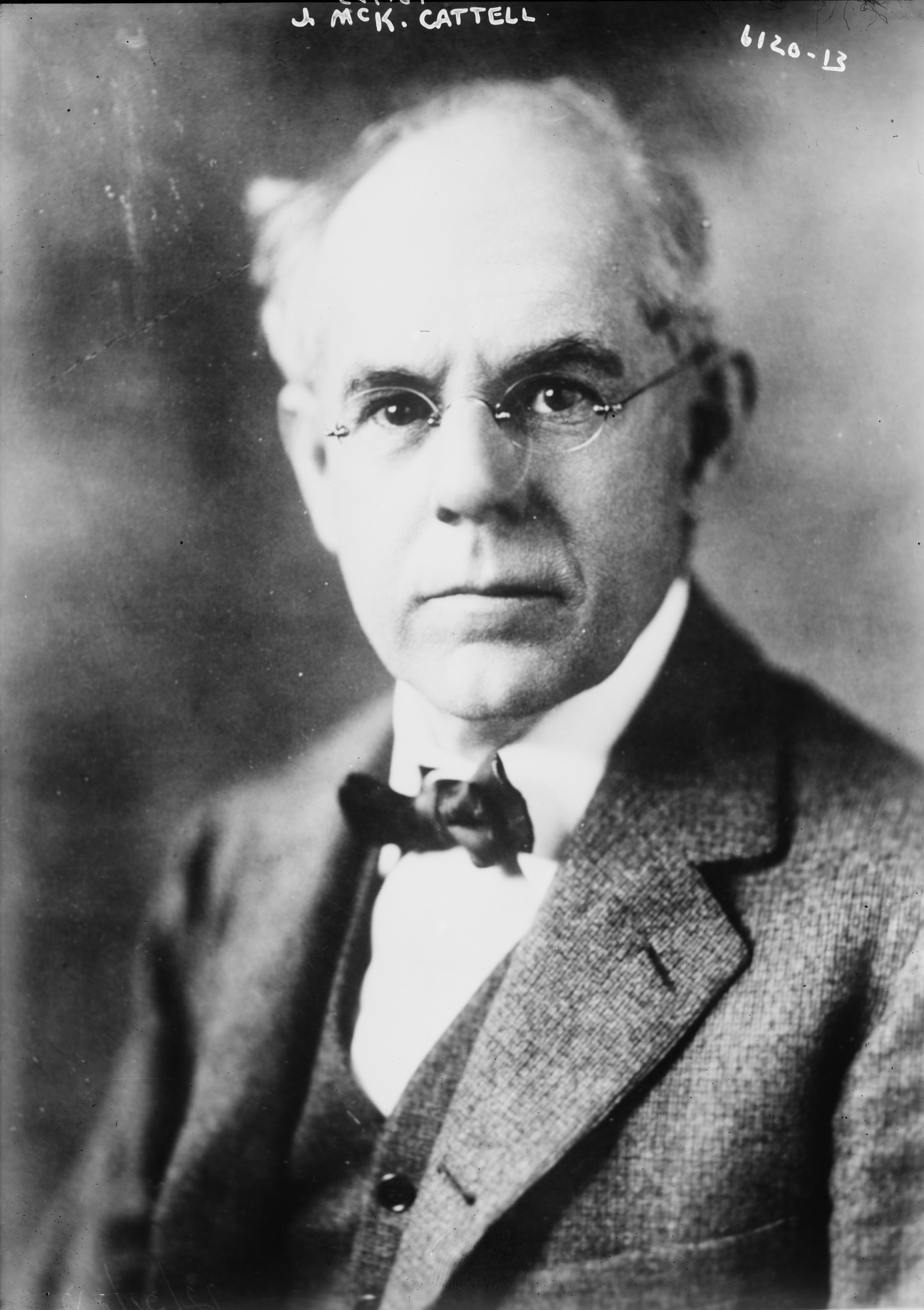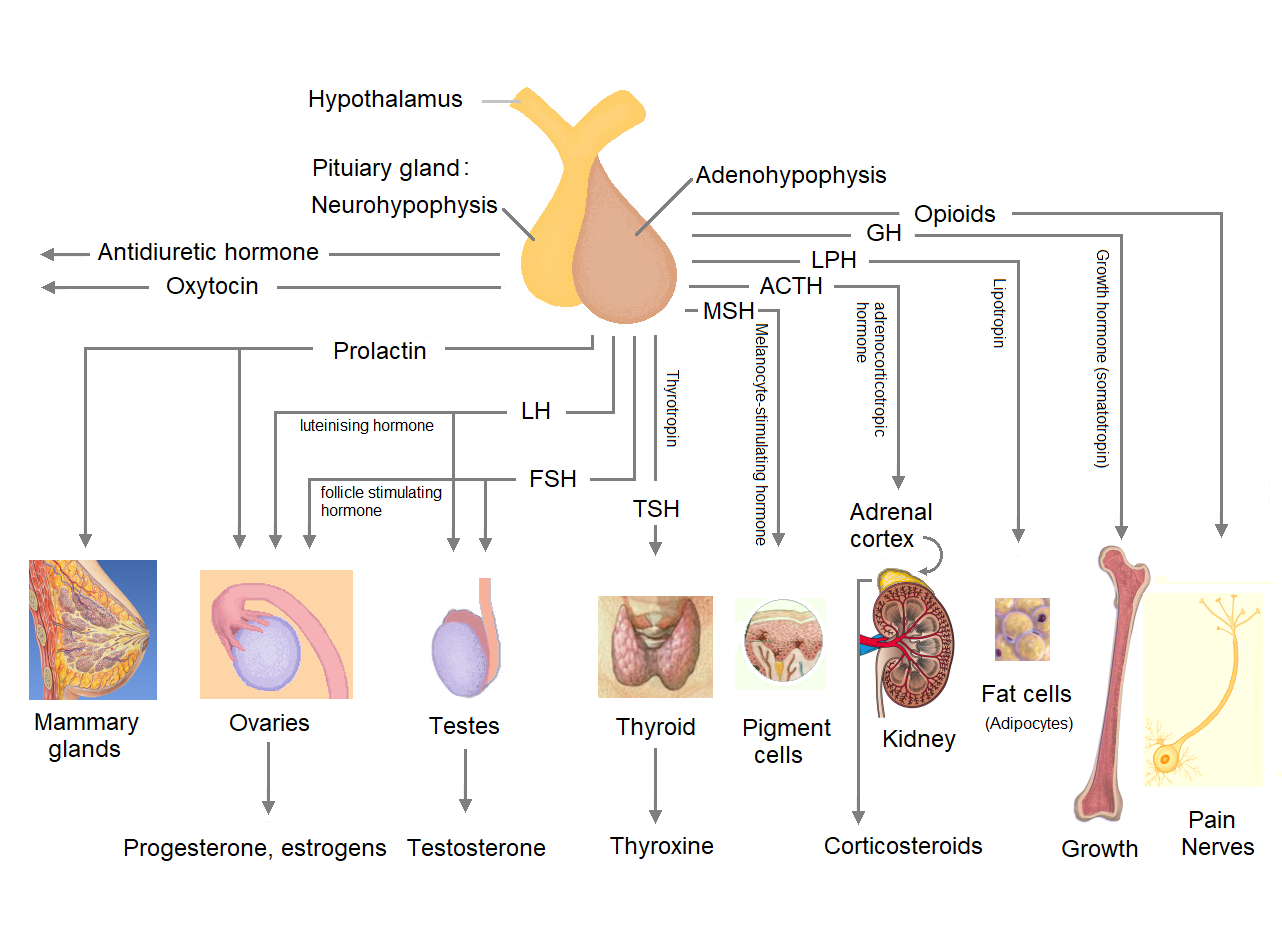|
Adolescence
Adolescence () is a transitional stage of human Developmental biology, physical and psychological Human development (biology), development that generally occurs during the period from puberty to adulthood (typically corresponding to the age of majority). Adolescence is usually associated with the Teenager (word), teenage years, but its physical, psychological or cultural expressions may begin earlier or end later. Puberty typically begins during preadolescence, particularly in females. Physical growth (particularly in males) and cognitive development can extend past the teens. Age provides only a rough marker of adolescence, and scholars have not agreed upon a precise definition. Some definitions start as early as 10 and end as late as 30. The World Health Organization definition officially designates adolescence as the phase of life from ages 10 to 19. Biological development Puberty in general Puberty is a period of several years in which rapid physical growth and psycholog ... [...More Info...] [...Related Items...] OR: [Wikipedia] [Google] [Baidu] [Amazon] |
Preadolescence
Preadolescence is a stage of human development following middle childhood and preceding adolescence.New Oxford American Dictionary. 2nd Edition. 2005. Oxford University Press. It commonly ends with the beginning of puberty. Preadolescence is commonly defined as ages 9–12 ending with the major onset of puberty. It may also be defined as simply the 2-year period before the major onset of puberty. Preadolescence can bring its own challenges and anxieties. Terminology A term used to refer to the preadolescent stage in everyday speech is tween and its perhaps older variants tweenie, tweeny, tweenager, preteen and tweener. It's a blend (portmanteau) of the words "teen" and "between" in the sense of "between childhood and adolescence" and refers to 9- to 12-year-olds. Sometimes the terms ''tweenie'' and ''tweenager'' are used to differentiate between older (10 to 15) and younger (7 to 11) age groups, respectively. While known as ''preadolescent'' in psychology, the terms ''prete ... [...More Info...] [...Related Items...] OR: [Wikipedia] [Google] [Baidu] [Amazon] |
Puberty
Puberty is the process of physical changes through which a child's body matures into an adult body capable of sexual reproduction. It is initiated by hormonal signals from the brain to the gonads: the ovaries in a female, the testicles in a male. In response to the signals, the gonads produce hormones that stimulate libido and the growth, function, and transformation of the brain, bones, muscle, blood, skin, hair, breasts, and sex organs. Physical growth—height and weight—accelerates in the first half of puberty and is completed when an adult body has been developed. Before puberty, the external sex organs, known as primary sexual characteristics, are sex characteristics that distinguish males and females. Puberty leads to sexual dimorphism through the development of the secondary sex characteristics, which further distinguish the sexes. On average, females begin puberty at age 10½ and complete puberty at ages 15-17; males begin at ages 11½-12 and complete pube ... [...More Info...] [...Related Items...] OR: [Wikipedia] [Google] [Baidu] [Amazon] |
Human Development (biology)
Development of the human body is the process of growth to maturity. The process begins with fertilization, where an egg released from the ovary of a female is penetrated by a sperm cell from a male. The resulting zygote develops through mitosis and cell differentiation, and the resulting embryo then implants in the uterus, where the embryo continues development through a fetal stage until birth. Further growth and development continues after birth, and includes both physical and psychological development that is influenced by genetic, hormonal, environmental and other factors. This continues throughout life: through childhood and adolescence into adulthood. Before birth Development before birth, or prenatal development () is the process in which a zygote, and later an embryo, and then a fetus develops during gestation. Prenatal development starts with fertilization and the formation of the zygote, the first stage in embryonic development which continues in fetal de ... [...More Info...] [...Related Items...] OR: [Wikipedia] [Google] [Baidu] [Amazon] |
Adulthood
An adult is an animal that has reached full growth. The biological definition of the word means an animal reaching sexual maturity and thus capable of reproduction. In the human context, the term ''adult'' has meanings associated with social and legal concepts. In contrast to a non-adult or " minor", a legal adult is a person who has attained the age of majority and is therefore regarded as independent, self-sufficient, and responsible. They may also be regarded as "majors". The typical age of attaining legal adulthood is 18 although definition may vary by legal rights, country, and psychological development. Human adulthood encompasses psychological adult development. Definitions of adulthood are often inconsistent and contradictory; a person may be biologically an adult, and have adult behavior, but still be treated as a child if they are under the legal age of majority. Conversely, one may legally be an adult but possess none of the maturity and responsibility that may de ... [...More Info...] [...Related Items...] OR: [Wikipedia] [Google] [Baidu] [Amazon] |
Delayed Puberty
Delayed puberty is when a person lacks or has incomplete development of specific sexual characteristics past the usual age of onset of puberty. The person may have no physical or hormone, hormonal signs that puberty has begun. In the United States, girls are considered to have delayed puberty if they lack breast development by age 13 or have not started menstruating by age 15. Boys are considered to have delayed puberty if they lack enlargement of the testicles by age 14. Delayed puberty affects about 2% of adolescents. Most commonly, puberty may be delayed for several years and still occur normally, in which case it is considered constitutional delay of growth and puberty, a common variation of healthy physical development. Delay of puberty may also occur due to various causes such as malnutrition, various systemic diseases, or defects of the reproductive system (hypogonadism) or the body's responsiveness to sex hormones. Initial workup for delayed puberty not due to a chronic co ... [...More Info...] [...Related Items...] OR: [Wikipedia] [Google] [Baidu] [Amazon] |
Gynecomastia
Gynecomastia (also spelled gynaecomastia) is the non-cancerous enlargement of one or both breasts in men due to the growth of breast tissue as a result of a hormone imbalance between estrogens and androgens. Updated by Brent Wisse (10 November 2018) Physically speaking, gynecomastia is completely benign, but it is associated with significant psychological distress, social stigma, and dysphoria. Gynecomastia can be normal in newborn male babies due to exposure to estrogen from the mother, in adolescent boys going through puberty, in older men over the age of 50, and in obese men. Most occurrences of gynecomastia do not require diagnostic tests. Gynecomastia may be caused by abnormal hormone changes, any condition that leads to an increase in the ratio of estrogens/androgens such as liver disease, kidney failure, thyroid disease and some non-breast tumors. Alcohol and some drugs can also cause breast enlargement. Other causes may include Klinefelter syndrome, metabolic dysf ... [...More Info...] [...Related Items...] OR: [Wikipedia] [Google] [Baidu] [Amazon] |
Teenager (word)
Teenager is a numeric term used to describe a person from the ages of 13 to 19 years. Although it is used to distinguish people by the decade of their life, it excludes ages 10–12 even though they are part of the same decade, since the numbers 10-12 do not include the suffix -''teen''. Instead, people aged 10 to 12 years old are placed in the category of ''preteen'', which was coined to recognize ages 10 to 12 as part of the same decade as 13-19 but linguistically separate due to the absence of -''teen''. The shortened form of ''teenager'' is ''teen'', which is the only recognized form of the suffix used as a noun or adjective. Although ''teenager'' is primarily a numeric age term, it is commonly used to describe a person in the process of transitioning from childhood to adulthood (primarily 13 to 17 years old) while experiencing the physical changes of puberty, and is conflated with ''adolescent''. However, the developmental changes of adolescence, such as puberty (particularly ... [...More Info...] [...Related Items...] OR: [Wikipedia] [Google] [Baidu] [Amazon] |
Psychological
Psychology is the scientific study of mind and behavior. Its subject matter includes the behavior of humans and nonhumans, both consciousness, conscious and Unconscious mind, unconscious phenomena, and mental processes such as thoughts, feelings, and motivation, motives. Psychology is an academic discipline of immense scope, crossing the boundaries between the Natural science, natural and social sciences. Biological psychologists seek an understanding of the Emergence, emergent properties of brains, linking the discipline to neuroscience. As social scientists, psychologists aim to understand the behavior of individuals and groups.Hockenbury & Hockenbury. Psychology. Worth Publishers, 2010. A professional practitioner or researcher involved in the discipline is called a psychologist. Some psychologists can also be classified as Behavioural sciences, behavioral or Cognitive science, cognitive scientists. Some psychologists attempt to understand the role of mental functions in i ... [...More Info...] [...Related Items...] OR: [Wikipedia] [Google] [Baidu] [Amazon] |
Pituitary Gland
The pituitary gland or hypophysis is an endocrine gland in vertebrates. In humans, the pituitary gland is located at the base of the human brain, brain, protruding off the bottom of the hypothalamus. The pituitary gland and the hypothalamus control much of the body's endocrine system. It is seated in part of the sella turcica a fossa (anatomy), depression in the sphenoid bone, known as the hypophyseal fossa. The human pituitary gland is ovoid, oval shaped, about 1 cm in diameter, in weight on average, and about the size of a kidney bean. Digital version. There are two main lobes of the pituitary, an anterior pituitary, anterior lobe, and a posterior pituitary, posterior lobe joined and separated by a small intermediate lobe. The anterior lobe (adenohypophysis) is the glandular part that produces and secretes several hormones. The posterior lobe (neurohypophysis) secretes neurohypophysial hormones produced in the hypothalamus. Both lobes have different origins and they are both co ... [...More Info...] [...Related Items...] OR: [Wikipedia] [Google] [Baidu] [Amazon] |
Adam's Apple
The Adam's apple is the protrusion in the neck formed by the angle of the thyroid cartilage surrounding the larynx, typically visible in men, less frequently in women. The prominence of the Adam's apple increases in some men as a secondary male sex characteristic during puberty. Structure The topographic structure which is externally visible and colloquially called the "Adam's apple" is caused by an anatomical structure of the thyroid cartilage called the laryngeal prominence or laryngeal protuberance protruding and forming a "bump" under the skin at the front of the throat. All human beings with a normal anatomy have a laryngeal protuberance of the thyroid cartilage. This prominence is typically larger and more externally noticeable in adult males. There are two reasons for this phenomenon. Firstly, the structural size of the thyroid cartilage in males tends to increase during puberty, and the laryngeal protuberance becomes more anteriorly focused. Secondly, the larynx, whi ... [...More Info...] [...Related Items...] OR: [Wikipedia] [Google] [Baidu] [Amazon] |
Precocious Puberty
In medicine, precocious puberty is puberty occurring at an unusually early age. In most cases, the process is normal in every aspect except the unusually early age and simply represents a variation of normal development. There is early development of secondary sex characters and gametogenesis also starts earlier. Precocious puberty is of two types: true precocious puberty and pseudoprecocious puberty. In a minority of children with precocious puberty, the early development is triggered by a disease such as a tumor or injury of the brain. Even when there is no underlying disease, unusually early puberty can have adverse effects on social behavior and psychological development (having more mature knowledge than one's peers, feeling inadequate, trying to attend and establish friendships with older people, depression). Affected children also face shorter adult height potential and possible lifelong health risks. Central precocious puberty can be treated by suppressing the pituita ... [...More Info...] [...Related Items...] OR: [Wikipedia] [Google] [Baidu] [Amazon] |






